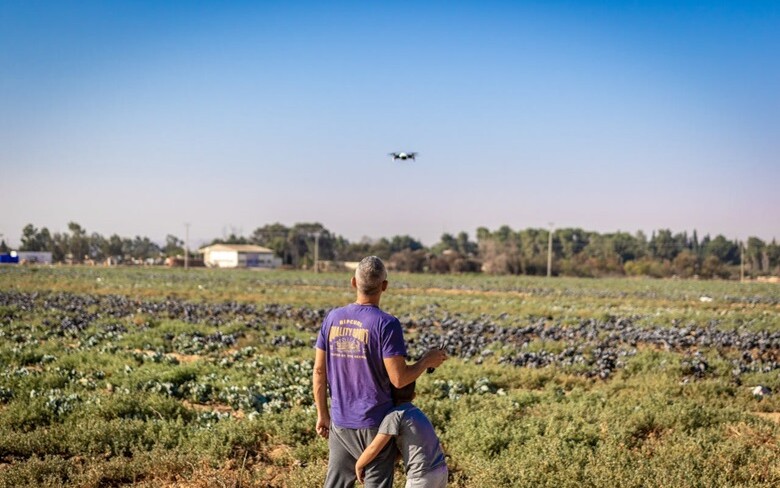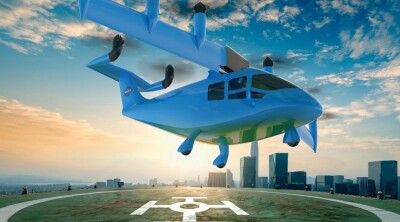For this week’s round-up of commercial drone industry news, we look at efforts to improve the efficiency of warehouse drones, a program that uses uncrewed systems and AI to fight noxious weed infestations, and research into building an albatross-inspired drone.
Making Warehouse Drones More Efficient
For some time now, drones have been making warehouse deliveries faster and more accurate, but researchers at the Indian Institute of Science (IISc), Bengaluru, and the University of Birmingham (UK) are looking at ways to make UAVs even more effective. As reported in Research Matters, these investigators are seeking to solve the “Drone Warehouse Problem,” or the problem of how to assign parcels to different drones to get everything delivered as quickly as possible. Their solution? The adaptation of a scheduling strategy called the Longest Processing Time First (LPT) heuristic.” Simply put, the researchers “modified this approach to account for the unique constraints of drones, such as their battery life and varying speeds.” Using this technique, “parcels are first sorted by their distance from the warehouse (longest distance first), and the drones are sorted by their battery life. Then, parcels are assigned one by one to the drone that can deliver them and will finish its current tasks earliest.”
Drones to Hunt Noxious Weed Infestations in North Dakota
According to a report in the North Dakota Monitor, organizations in that state are launching a drone scouting program to address noxious weed infestations through the 2025 and 2026 growing seasons. With a $300,000 grant from the North Dakota Department of Agriculture, the research organization Grand Farm, the aerospace firm Thales, iSight Drone Services, and North Dakota State University will work together on an effort to “to help weed control officials respond to new infestations quickly.” A Grant Farm spokesperson said the grant money will “continue a first phase of the project that involves teaching an artificial intelligence system what a weed looks like by feeding it hundreds of photos of the plants at different growth stages and other variables, such as different times of the day.”
Albatrosses Inspire University of Cincinnati Drone Researchers
Hoodline Cincinnati reports that “researchers at the University of Cincinnati (UC) are developing a new type of UAV that emulates the flight of albatrosses, "the ocean-crossing birds known for their impressive airborne efficiency.” Funded by a $700,000 grant from the Defense Advanced Research Projects Agency (DARPA), a team led by UC Assistant Professor Sameh Eisa is seeking to “replicate the albatrosses' dynamic soaring technique” by implementing “biomimetic design strategies.” Specifically, the researchers are “tackling the complex challenges of animal-inspired flight controls,” which “allows the birds – and potentially drones – to capitalize on natural wind currents for sustained flight without constant wing flapping.”















Comments